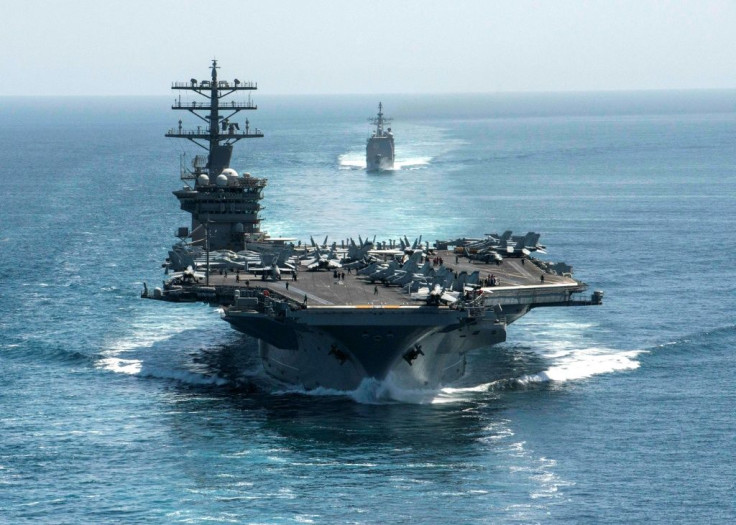US Navy Defunds Futuristic Electromagnetic Gun; Turns To Hypersonic Missiles, Lasers
KEY POINTS
- The weapon worked using electricity instead of gunpowder, or jet or rocket engines
- The railgun could shoot projectiles at up to seven times the speed of sound
- However, it was plagued by technical issues, including the weapon's range
The U.S. Navy has decided to stall the development of the futuristic electromagnetic railgun and instead focus on hypersonic missiles and lasers to keep up with China and Russia.
The Navy has alloted no fund for railgun research in its fiscal 2022 budget proposal released on May 28, reported Associated Press.
The railgun, a radical new weapon that can shoot projectiles at up to seven times the speed of sound, has been one of the Navy's ambitious projects since 2005.
"The railgun is, for the moment, dead," Matthew Caris, a defense analyst at Avascent Group, told AP. According to him, the defunding suggests the Navy saw "challenges in implementing the technology as well as shortcomings in the projectiles' range compared to hypersonic missiles."
According to The Drive, the Navy will finish off the remaining work by the end of the current fiscal and shelve the rest. The budget proposal mentions that the "Railgun technology and knowledge attained will be documented and preserved," the report added.
Despite apprehensions over its cost and viability, the Navy had invested over $500 million in the project. It had also tested two prototypes since 2005, one by BAE Systems, which was the primary prototype, and another one from General Atomics. Both worked the same way, using electricity instead of gunpowder, or jet or rocket engines.
However, technical issues plagued the designs. Bryan Clark, an analyst at the Hudson Institute, thinks the weapon's range of about 110 miles was an issue. "A Navy vessel could not employ the gun without putting itself within range of a barrage of enemy missiles. And its usefulness for missile defense was also limited by the range and rate of fire," Clark told AP.
Analyst Norman Friedman said "the big question was always whether the gun could stay together during continuous firing" because the conductors are "subjected to massive electric current and magnetic forces that can cause damage after a few shots."
While a normal gun can be fire up to 600 times before its barrel needs refurbishing, the railgun prototype could only shoot a dozen or two dozen shots, Clark adds.
The last heard about the railgun was in 2016 when the Navy talked about putting it on USS Lyndon B. Johnson, the third and final Zumwalt -class destroyer built for the United States Navy.
Now that the future of railgun seems uncertain, the Navy has decided to divert the funds to hypervelocity projectile, that can be fired from existing gun systems, including 5-inch naval guns and 155mm howitzers.

© Copyright IBTimes 2025. All rights reserved.





















